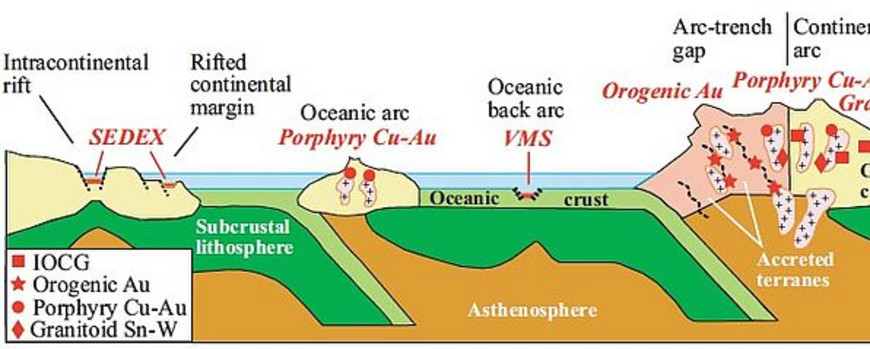Experimental determination of B-isotope fractionation between silicate melts and aqueous fluids, with application to understanding magmatic-hydrothermal ore genesis
The magmatic-hydrothermal transition is still a critical gap in the understanding of granite-related ore deposits. To fill this gap this DOME-project (SPP-2238) focuses on the interaction processes between granitic melt and fluid. Boron is thought to be one of the most efficient tools to quantify processes of fluid-melt-interaction and is used in recent projects for similar objectives in basaltic and rhyolitic melts. The boron isotope fractionation between granitic melts and the fluids derived from them is supposed to explain the influence of external fluids and detect the isotope shift caused by fluid exsolution. Our experimental project is aimed to constrain melt-fluid B-isotope fractionation and combine these data with the characterization of the B-environment in melts by the use of various spectroscopic methods and with modelling. Tourmaline is present in different ore-deposit types (Figure 1). Based on our experimental data, the B-isotopic composition of tourmaline derived from magmatic-hydrothermal interactions will help for better constrain the ore-forming processes in these environments.

